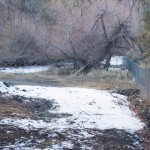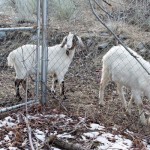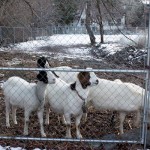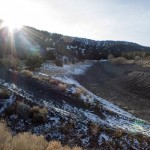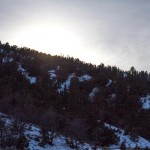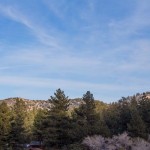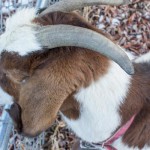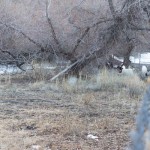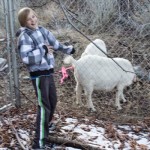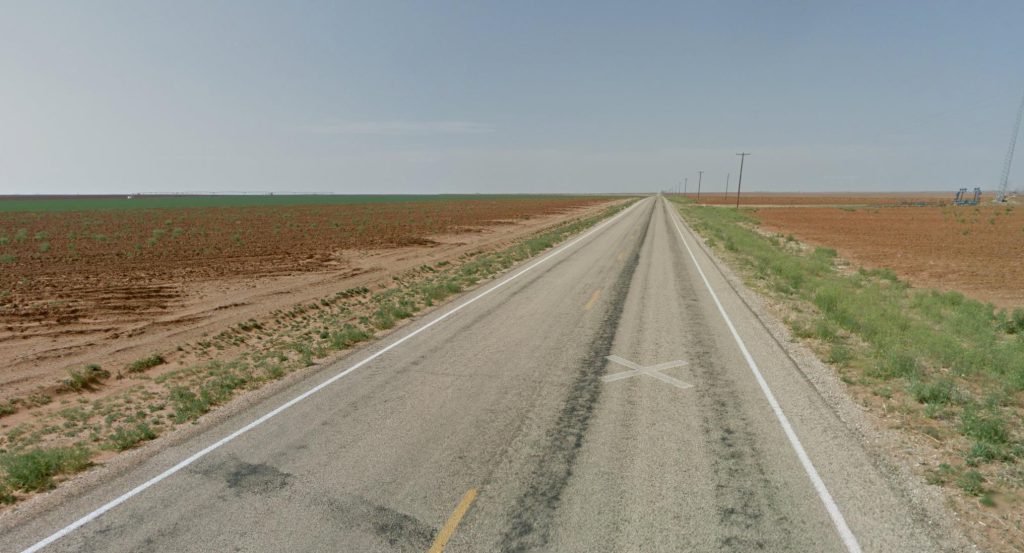
Growing up in Germany in the 60s, every boy worth his salt would read the stories of Karl May The school library had a full set of his travel stories – somewhere around 70 – and I believe, I read them all. Many of my schoolmates must have also been worth their salt, because books were often out and you had to wait and visit the library often, to get the book you hadn’t read yet.
One story (maybe several – I don’t completely remember) played in the Llano Estacado. It was described as a big, flat, and featureless area in America. Water was hard to come by and it was dangerous to reach the few and far between watering holes.
To assist, stakes had been set along the path to guide the traveler, therefore llano estacado – the staked plane. Sandstorms often made the crossing even more dangerous, but even in a storm the two to three-meter high stakes would guide a trek. (Yes, even more than a century ago, Germans used the metric system.)
The stories were adventure stories, so they needed villains. They enter the Llano Estacados as gangsters that pull out a series of stakes and set them in a direction leading into the void instead of to the next watering hole. The poor traveler following those stakes ended up in the middle of the dry desert and died of thirst – only to be robbed by the gangsters without any danger to them – because they knew where the watering hole was and had plenty of water for themselves.
I do not remember how the story’s hero, Old Shatterhand, dealt with the hoodlums but, knowing Karl May, it was most likely that they were punished by the wrath of god.
Even if I don’t remember the outcome of the story, I do remember the Llano Estacado after so many decades. It made a strong impression on that young teenager, who, at that time, never imagined that he once would cross that Llano himself. Today I helped to plan a trip to Llano, Texas, and I decided that it really is time to research that good old Llano Estacado.
And – as you see in the picture above – the stakes are still there, just a bit taller and now with wires connecting their tops – – I can only imagine preventing hooligans from re-staking them to misguide the traveler. – – Oh, yes, and the paths are paved now!


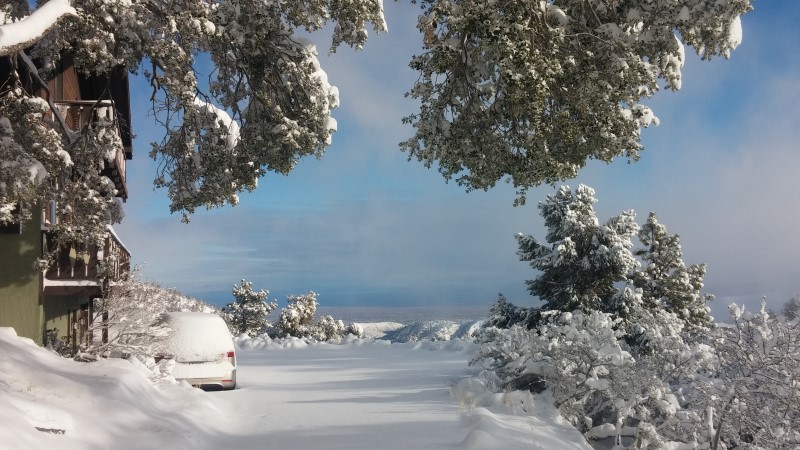
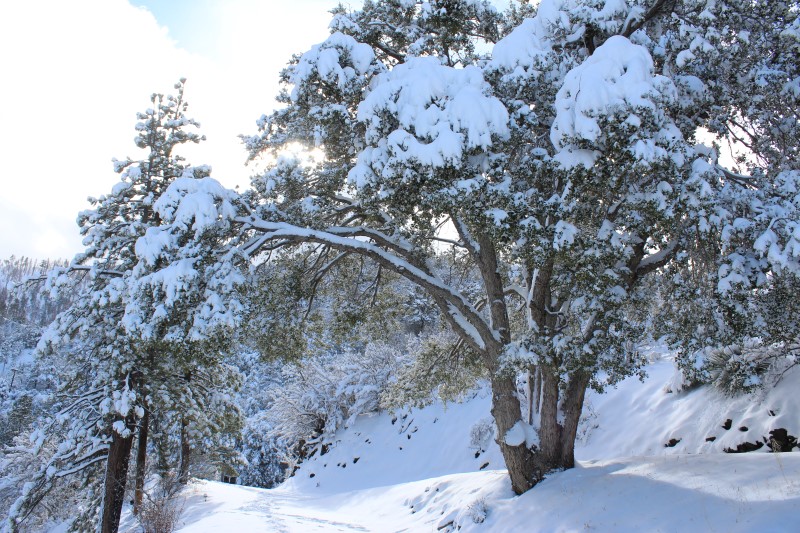
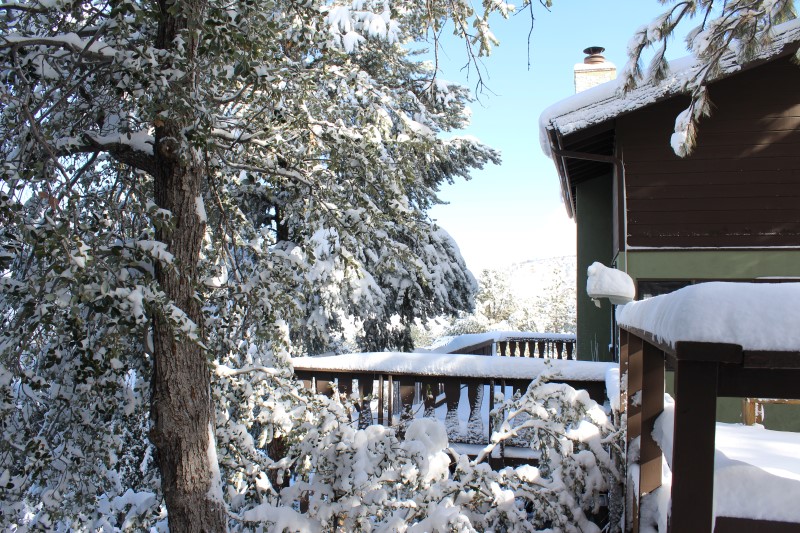
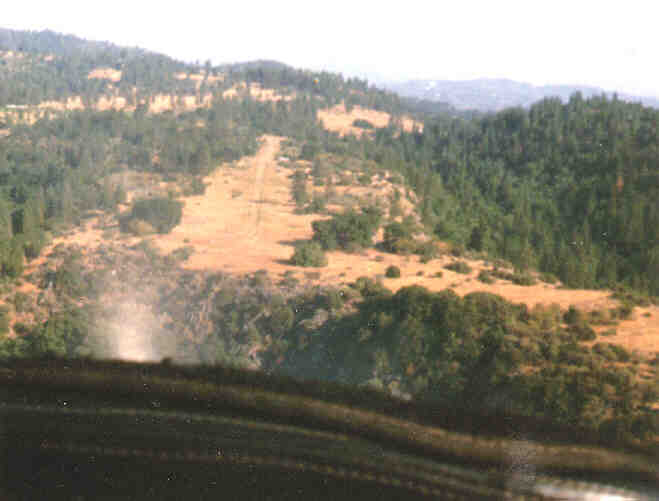
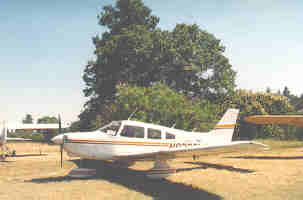

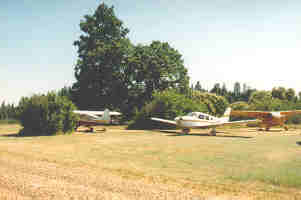
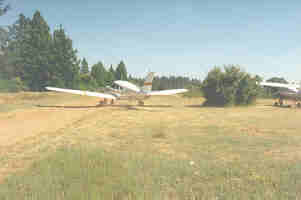

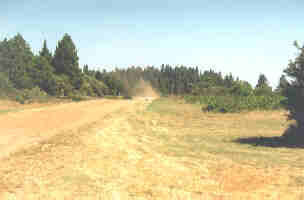
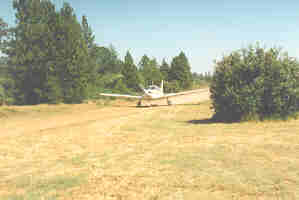

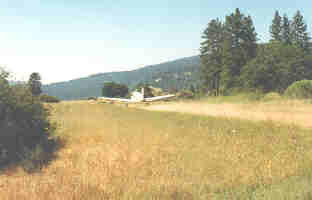
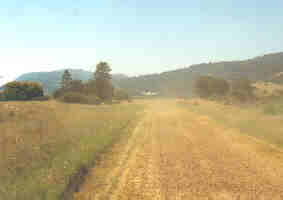
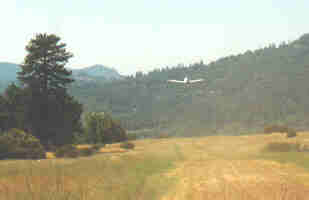
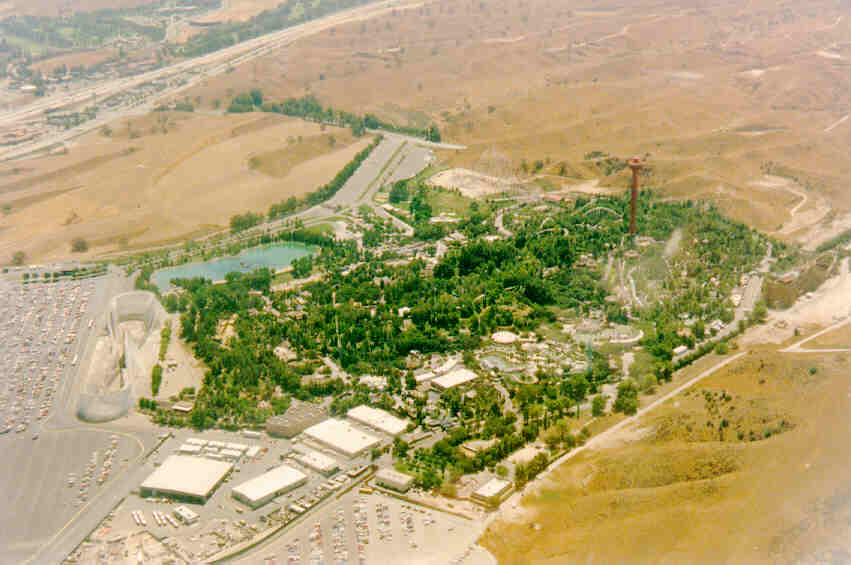
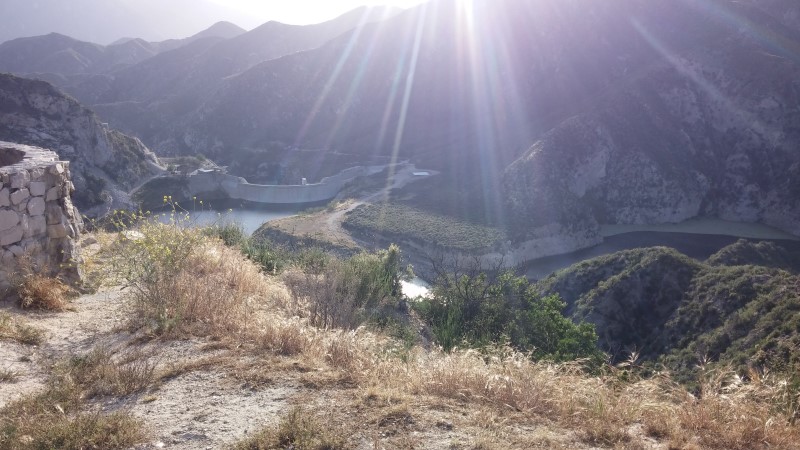
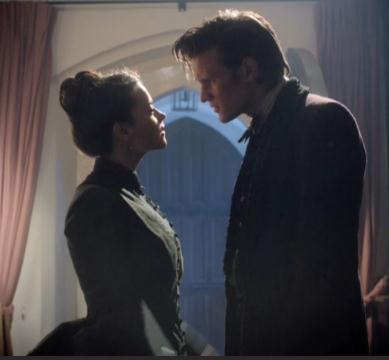 Today the wait was over – the second half of season 7 of Dr. Who has started.
Today the wait was over – the second half of season 7 of Dr. Who has started.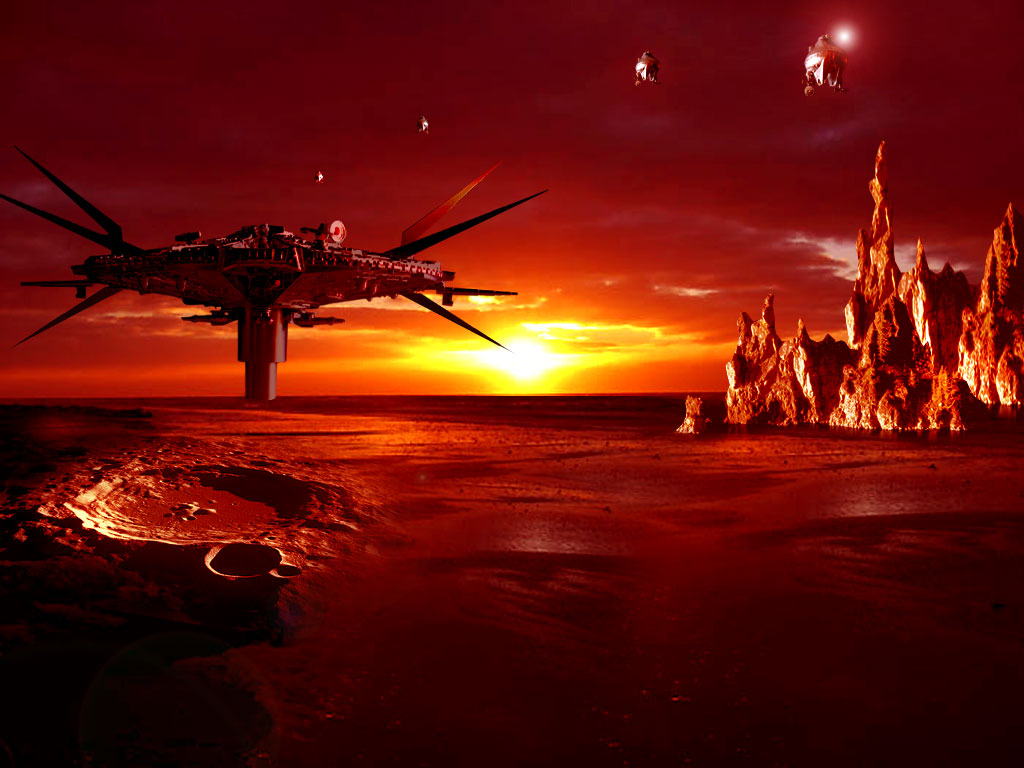
 One of my early Hollywood-experiences occurred in the late 80s – the place was the Irish pub ‘
One of my early Hollywood-experiences occurred in the late 80s – the place was the Irish pub ‘